Lowering the freezing point and increasing the boiling point of water is the basic principle behind the use of antifreeze in vehicle cooling systems. You may have previously seen this physical property at work when salt is applied to hard surfaces for de-icing during the winter. However, salt is actually a corrosive compound that damages metal and sensitive components within the cooling system. If you have ever replaced a water pump damaged by corrosion, you have seen the corrosive effects of poor quality or an improper mixture of antifreeze. In order to understand the physical properties of antifreeze, you must understand the actual chemical composition of antifreeze and how it behaves when diluted within a given solvent, such as water.
Antifreeze Chemical Breakdown
Every form of antifreeze is made up of alcohol, but its use in differing cooling systems varies depending on the expected temperature range of the coolant. In 1926, ethylene glycol was introduced as the first antifreeze for commercial vehicle use. Ethylene glycol has a low freezing point and a much higher boiling point than previously used alcohols. However, it’s sweet taste and poisonous properties have led to it being replaced in modern vehicle cooling systems by propylene glycol due to its reduced toxicity.
Propylene glycol oxidizes when exposed to air, and additional substances, such as dipotassium phosphate, must be added to it to prevent damaging corrosion within the cooling system. This mixture is prone to biological fouling as well. Once this bacterial slime begins to grow, the corrosion rates will increase as well. It is highly recommended that pH levels be monitored throughout the coolant’s life cycle.
Antifreeze Additive Versus Diluted Antifreeze Mixture
Antifreeze actually refers to the compound being used as a solute to form a solution of water and the compound within the cooling system. The compound is known as the additive or concentrated antifreeze. If you purchase the concentrated form, mix the antifreeze additive with the prescribed amount of water — usually, one part concentrate to one part water; a 50/50 mix. Too much concentration within the mixture can result in corrosion; so many prefer to use a premixed form of antifreeze. It is always best to follow your vehicle manufacturer’s recommendation.
While understanding the chemical composition of antifreeze explains the primary reasons it does not evaporate or freeze, another principle of physics encourages the continuous liquid state of antifreeze. When the engine is running, the coolant system is under continuous pressure by the water pump. The increased osmotic pressure in the antifreeze increases the boiling point of the respective fluid, and heat transfer can continue to take place without the antifreeze transitioning into a gaseous state.
The concept of antifreeze sounds simple, but it represents the application of chemical and physical properties of matter to enhance transportation. Do not overlook the importance of this simple product in relation to what it does to protect your cooling system While it is only a part of the overall system it is a critical component that does require monitoring.
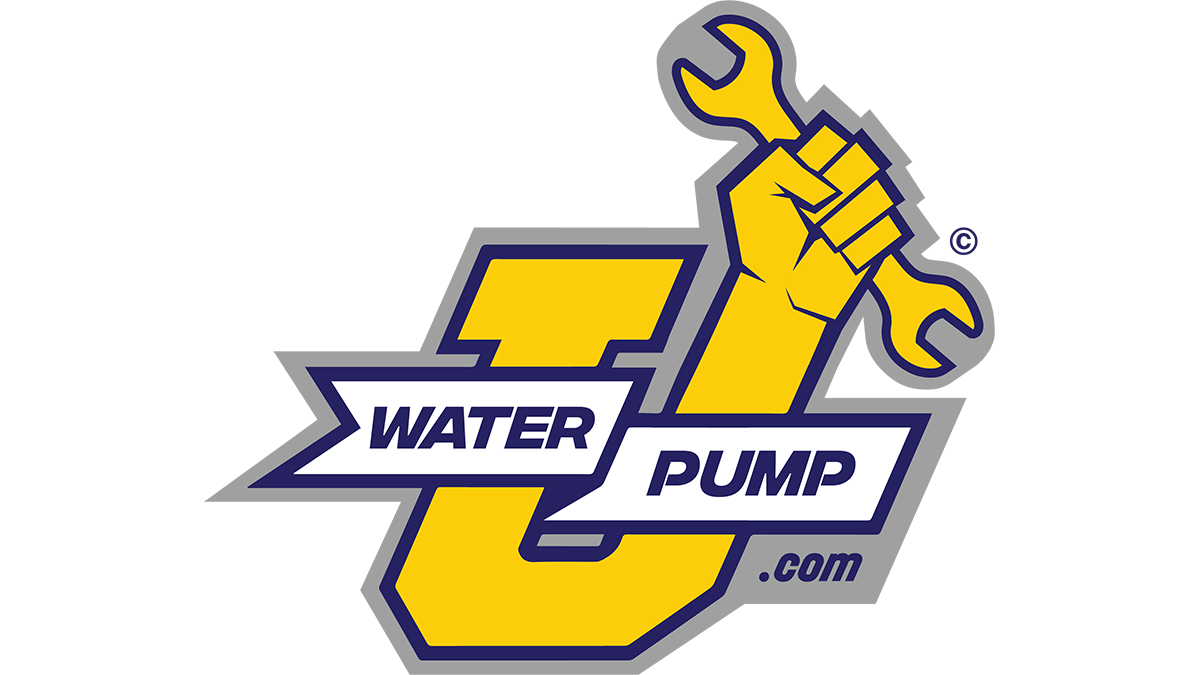
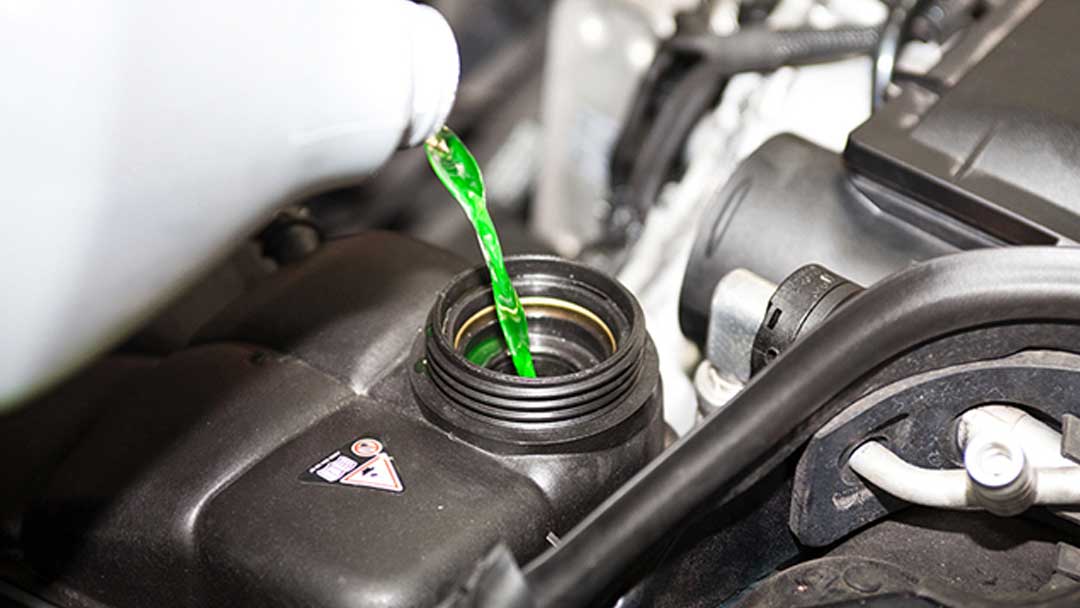

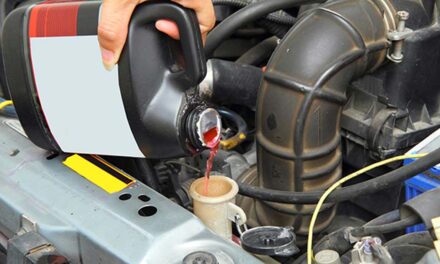
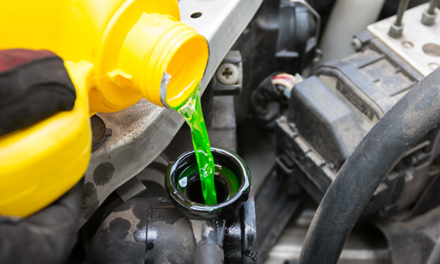
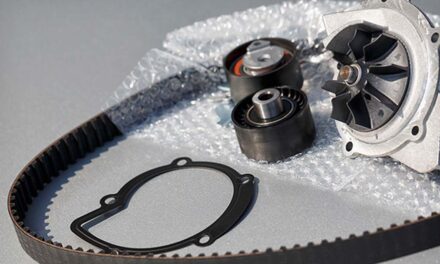


![[Vehicle Fitment-1]:Compatible with Chevrolet Avalanche 1500 2002-2006, Express 1500 2003-2006, Express 2500 2003-2006, Express 3500 2003-2006, Silverado 1500 1999-2006, Silverado 2500 1999-2004, Silverado 2500 HD 2001-2006, Silverado 3500 2001-2006,...](https://m.media-amazon.com/images/I/51trZsbFCCL._SL100_.jpg)
